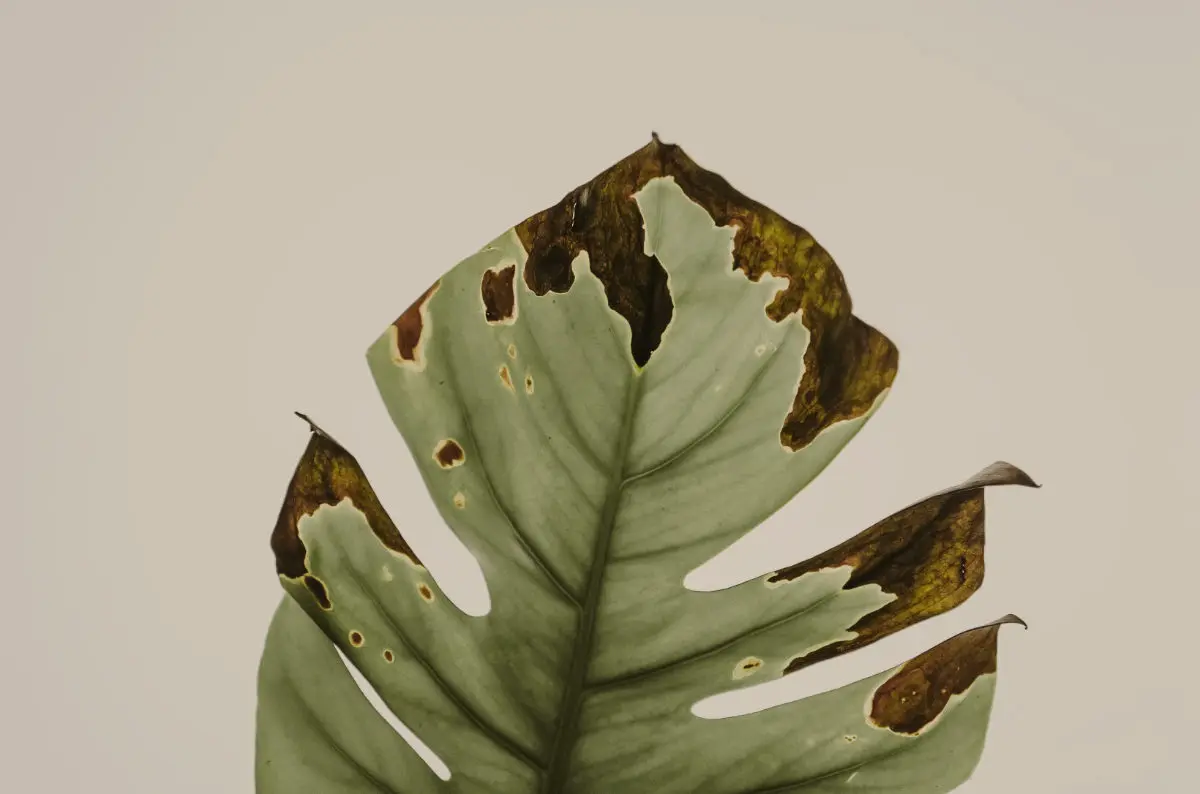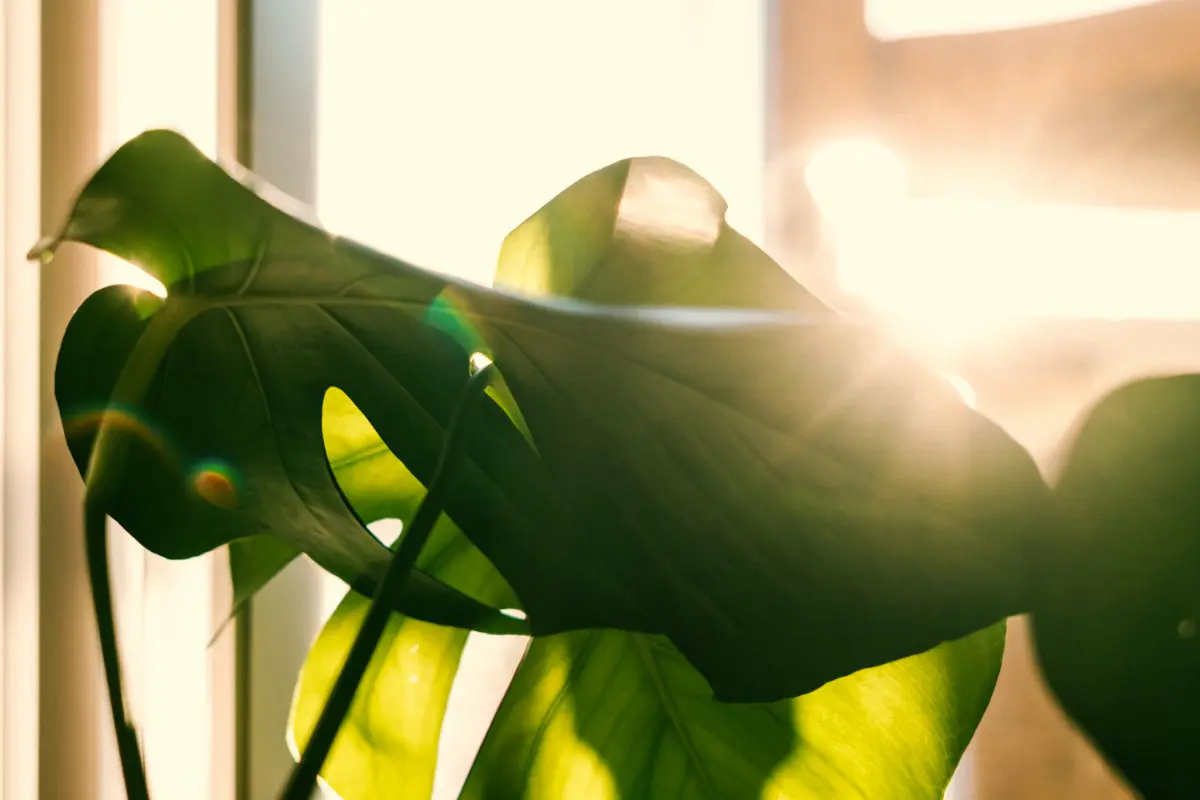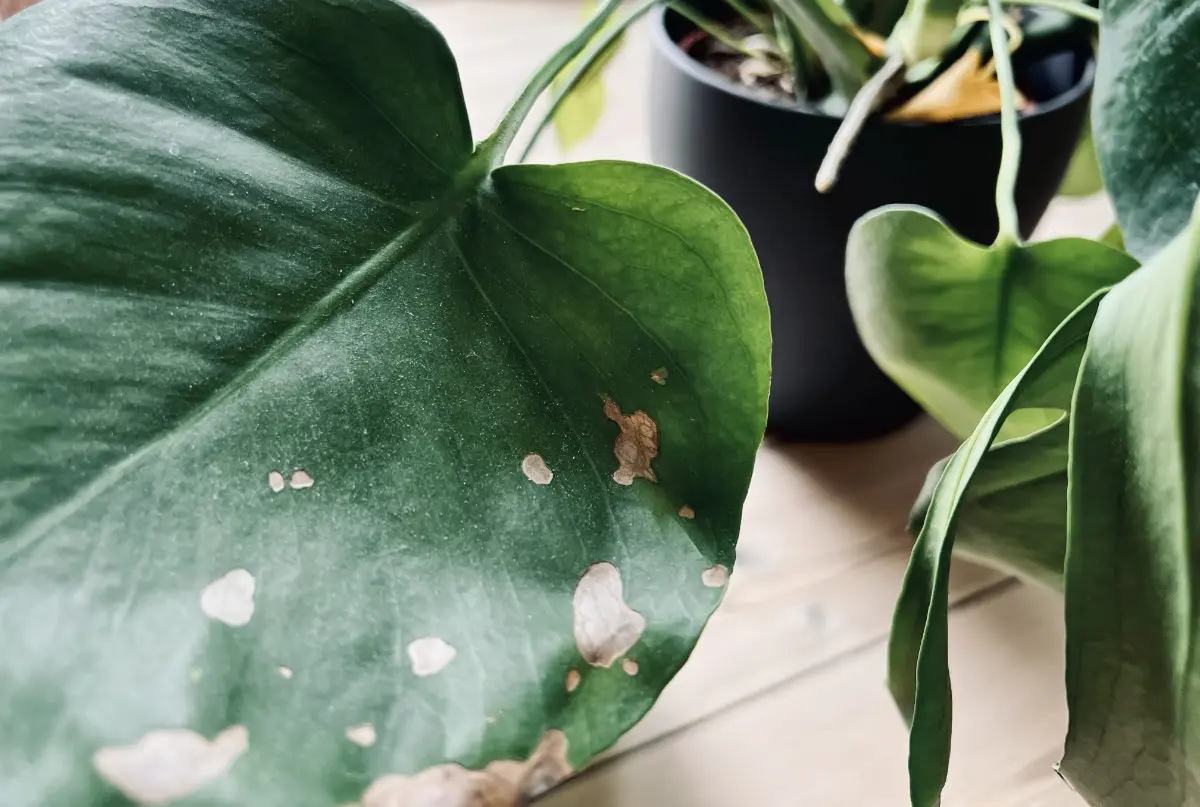Unlock the Secrets: Why Aren't My Monstera Leaves Splitting?
If your Monstera leaves are not splitting, it may be due to several factors, such as inadequate sunlight, low humidity, or improper watering. Read this guide to learn how to encourage your Monstera plant to produce split leaves.
By Tobias Holm
Are you a plant enthusiast who has been eagerly waiting for your Monstera leaves to split, but they refuse to cooperate?
Don't worry. You're not alone.
Many Monstera owners find themselves baffled by this common dilemma. The Monstera deliciosa, with its iconic fenestrated leaves, is a beloved houseplant that adds a touch of tropical elegance to any space.
But what exactly is preventing those coveted splits from appearing?
In this article, we will dive deep into the secrets behind this mystery, exploring the factors that might be hindering your Monstera leaves from splitting. From lighting conditions and humidity levels to proper care and nutrition, we'll leave no stone unturned in our quest for answers.
So, if you're ready to unlock the secrets and unleash the full potential of your Monstera plant, read on and prepare to witness the transformation of your leafy companion.
Understanding Monstera Leaf Fenestration
Before we delve into the reasons why your Monstera leaves might not be splitting, let's first understand what leaf fenestration is all about.
Fenestration refers to the natural development of holes or splits in a leaf, giving it a unique appearance. Monstera plants are known for their distinctive fenestrated leaves, which have become their signature feature.
These splits not only enhance the aesthetic appeal of the plant but also serve a practical purpose. In their natural habitat, Monstera plants grow in the understory of tropical rainforests, where sunlight is limited. The fenestrated leaves of the Monstera allow more light to penetrate through the foliage, maximizing photosynthesis and ensuring the plant's survival.
Factors That Influence Monstera Leaf Split
Several factors play a role in determining whether or not your Monstera leaves will split. Understanding these factors is crucial in troubleshooting why your plant's leaves aren't developing those sought-after splits.
Let's take a closer look at some of the key influencers:
1. Lack of Sunlight and Its Impact on Leaf Splitting
One of the primary reasons why Monstera leaves may not split is insufficient sunlight.
Monstera plants thrive in bright, indirect light. When the light levels are too low, the plant may not receive enough energy to develop splits in its leaves.
To promote healthy leaf fenestration, ensure that your Monstera plant is placed in a location that receives bright, filtered light. Avoid direct sunlight, as it can scorch the leaves and cause damage.
If your plant is not near a window or lacks access to natural light, you can supplement it with artificial grow lights to provide the necessary intensity and duration of light.
2. Proper Watering Practices for Monstera Plants
Watering your Monstera correctly is essential for its overall health and leaf development.
Overwatering or underwatering can affect the plant's ability to produce splits in its leaves. Monstera plants prefer a balance between moist and well-drained soil. The key is to water your plant thoroughly but allow the top inch or two of soil to dry out before watering again. This ensures that the roots have access to oxygen and prevents the soil from becoming waterlogged, which can lead to root rot.
Remember, consistency is key when it comes to watering your Monstera, so establish a watering routine that suits the plant's needs and the surrounding environment.
3. Nutrient Deficiencies and Their Effect on Leaf Fenestration
Nutrition plays a vital role in the growth and development of plants, including Monstera. Inadequate nutrient levels can impact the plant's ability to produce splits in its leaves.
Two key nutrients that are essential for healthy Monstera growth are nitrogen and phosphorus.
Nitrogen promotes leaf development, while phosphorus aids in root growth and overall plant vigor.
Ensure that your Monstera plant is receiving a balanced fertilizer that contains these essential nutrients. Follow the recommended dosage instructions and adjust accordingly based on your plant's specific needs.
Regularly fertilizing your Monstera will help provide the necessary nutrients for optimal leaf fenestration.
Environmental Factors That Hinder Leaf Splitting
Apart from lighting, watering, and nutrition, there are other environmental factors that can hinder the splitting of Monstera leaves. Let's explore some of these factors:
- Temperature: Monstera plants prefer temperatures between 65°F and 85°F (18°C - 29°C). Extreme temperatures, especially cold drafts or sudden temperature fluctuations, can stress the plant and affect leaf development. Ensure that your Monstera is kept in a stable temperature environment to promote healthy growth.
- Humidity: Monstera plants thrive in high-humidity environments. Insufficient humidity can cause the leaves to dry out and become less likely to split. Increase humidity around your plant by using a humidifier, placing a tray of water nearby, or grouping it with other plants to create a microclimate.
- Airflow: Good airflow is essential for Monstera plants, as stagnant air can lead to fungal diseases and hinder leaf fenestration. Ensure that there is adequate ventilation in the room where your Monstera is located. You can also gently move the leaves from time to time to promote better air circulation.
How to Encourage Monstera Leaf Splitting
Now that we've explored the various factors that can prevent Monstera leaves from splitting let's discuss some tips on how to encourage leaf fenestration:
- Provide Adequate Lighting: Place your Monstera plant in a spot that receives bright, indirect light. If natural light is limited, supplement with artificial grow lights to ensure the plant receives the necessary light intensity.
- Maintain Proper Watering: Establish a consistent watering routine that allows the soil to dry out slightly between waterings. Avoid overwatering, as it can lead to root rot, and underwatering, as it can cause stress to the plant.
- Fertilize Regularly: Use a balanced fertilizer that contains nitrogen and phosphorus to provide essential nutrients for your Monstera plant. Follow the recommended dosage and adjust based on your plant's needs.
- Increase Humidity: Monstera plants thrive in humid environments. Increase humidity by using a humidifier, placing a tray of water nearby, or grouping your Monstera with other plants.
- Ensure Proper Airflow: Good airflow is crucial for Monstera plants. Ensure that there is adequate ventilation in the room, and gently move the leaves from time to time to promote better air circulation.
By implementing these tips, you can create the ideal conditions for your Monstera plant to thrive and develop those coveted leaf splits.
Conclusion and Final Tips for Healthy Monstera Growth
In conclusion, the lack of leaf splitting in Monstera plants can be attributed to various factors such as insufficient sunlight, improper watering, nutrient deficiencies, and environmental conditions.
By addressing these factors and providing your Monstera with the right care and conditions, you can unlock the secrets behind leaf fenestration and witness the transformation of your plant.
Remember to place your Monstera in a bright location with indirect light, water it correctly, fertilize regularly and provide adequate humidity and airflow. With patience and proper care, your Monstera will reward you with beautifully split leaves, adding a touch of tropical elegance to your space.
Embrace the challenge of nurturing your Monstera, and enjoy the journey as your plant flourishes and reveals its hidden beauty.



